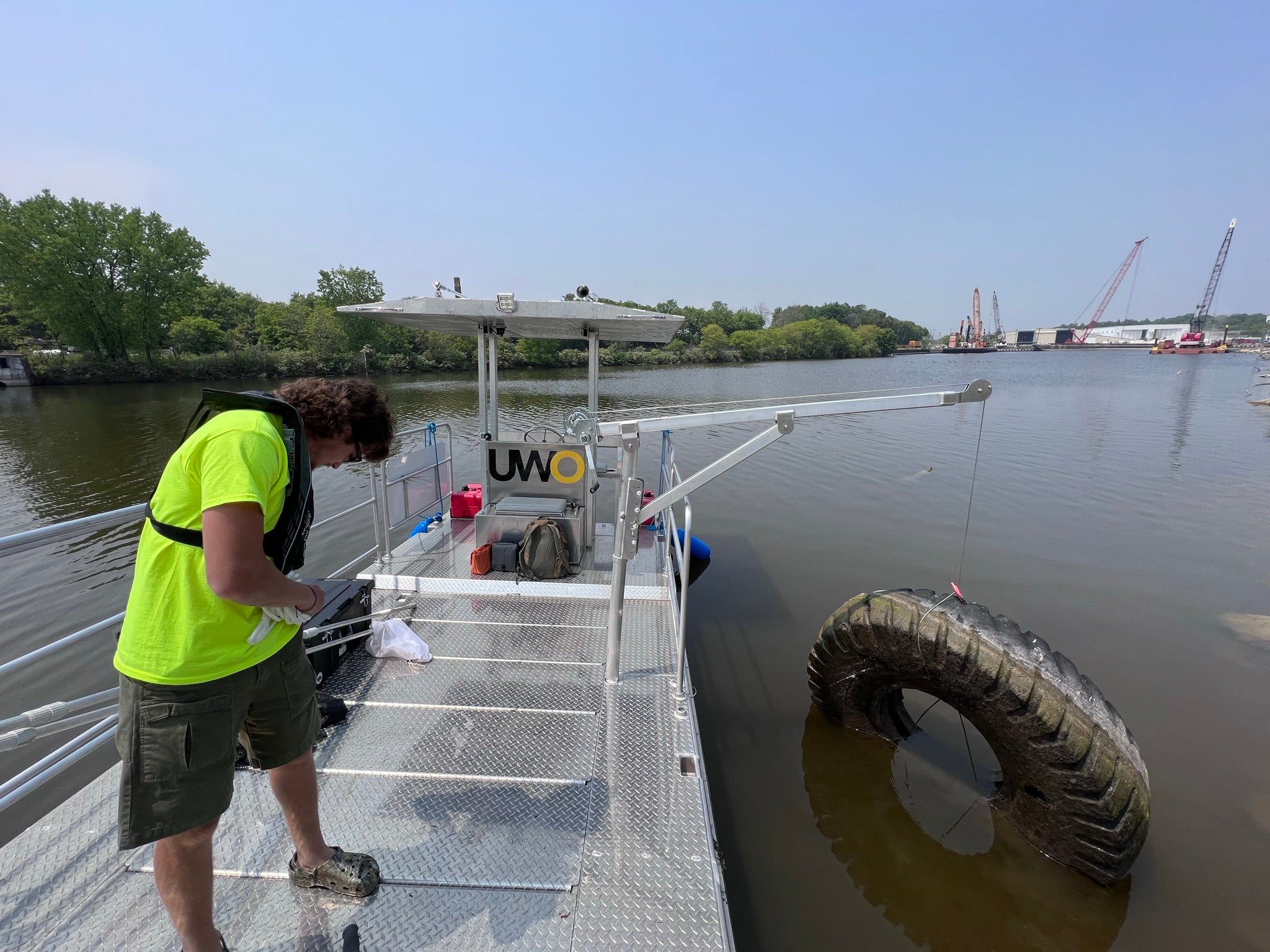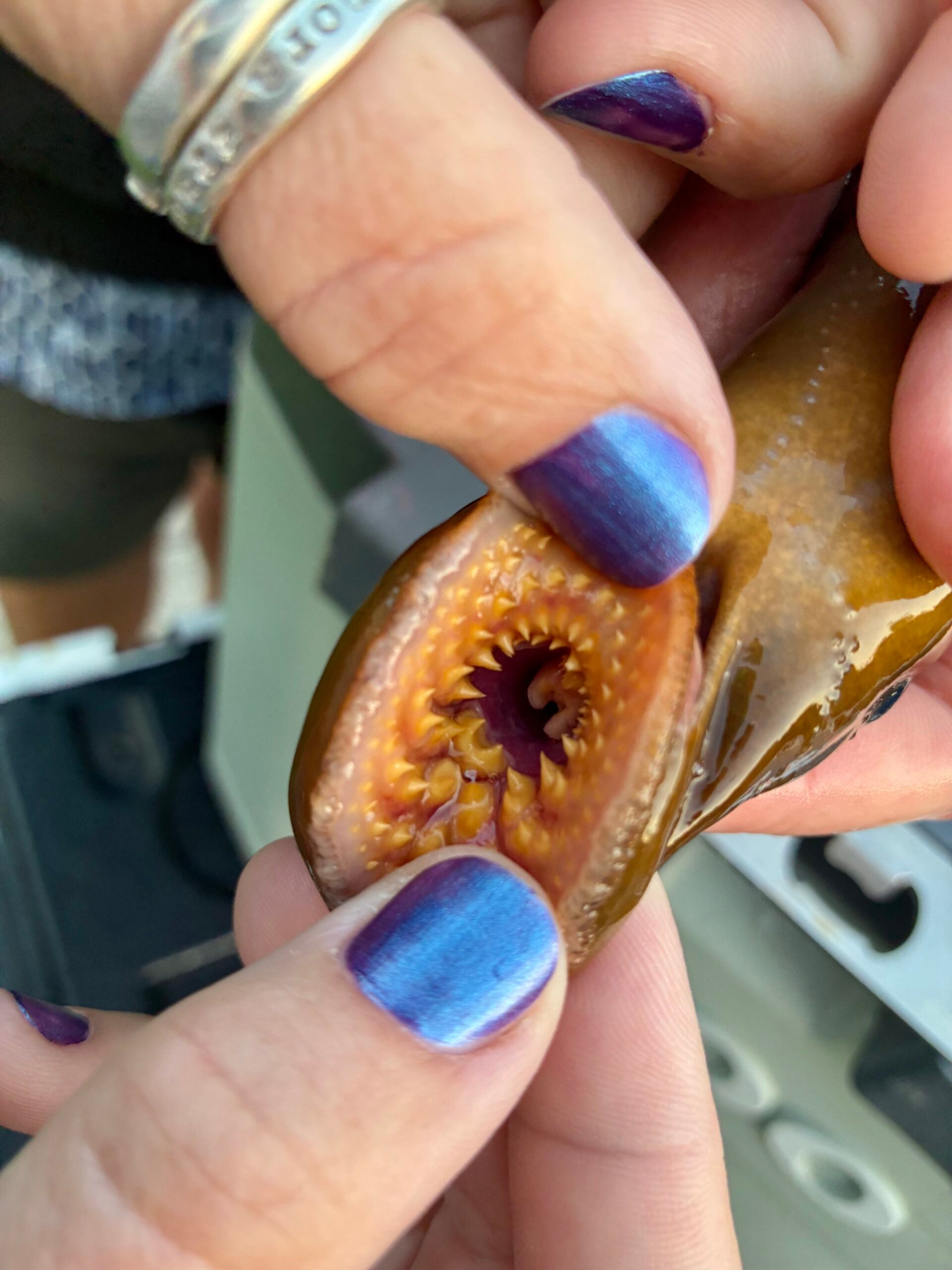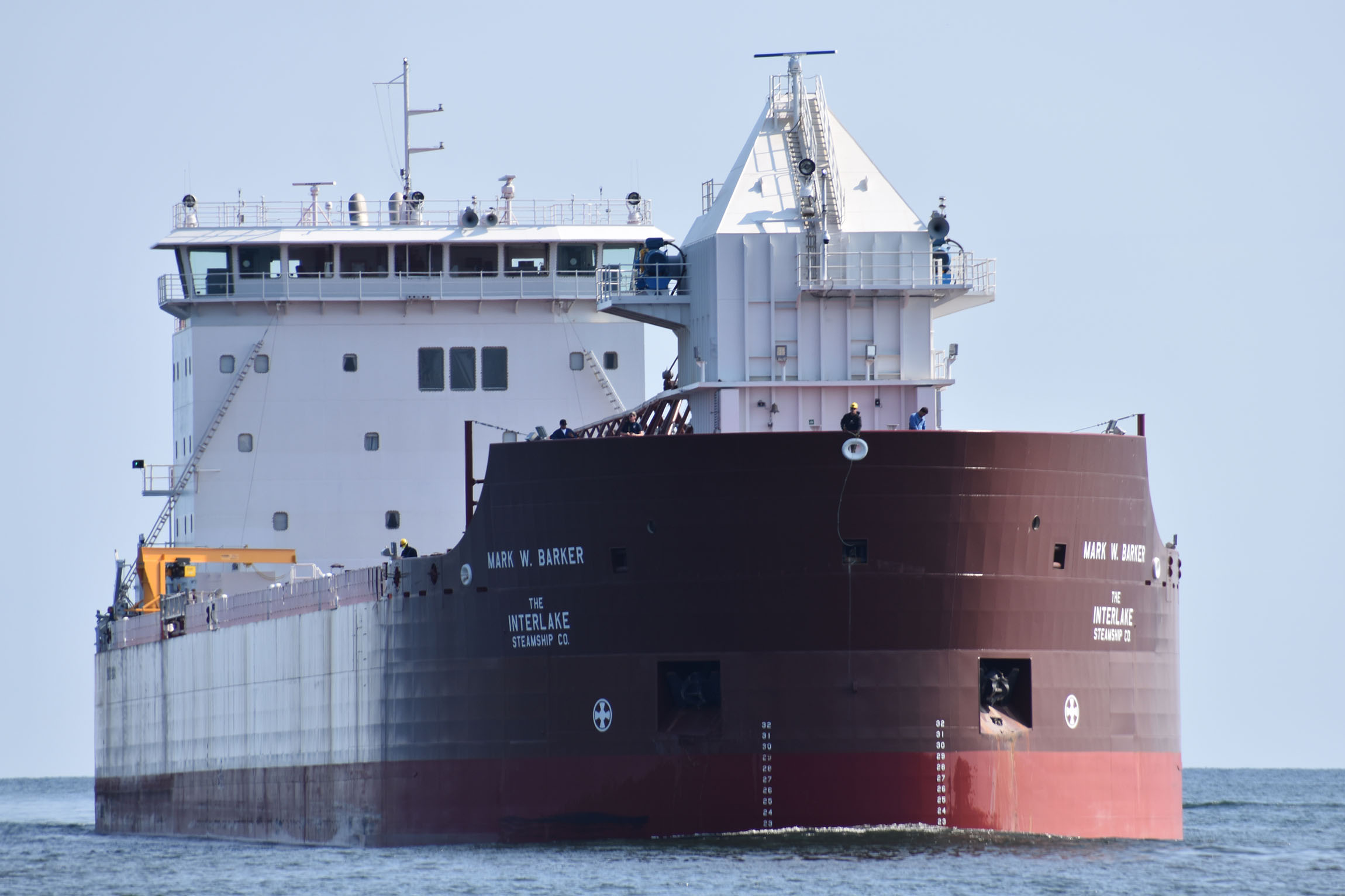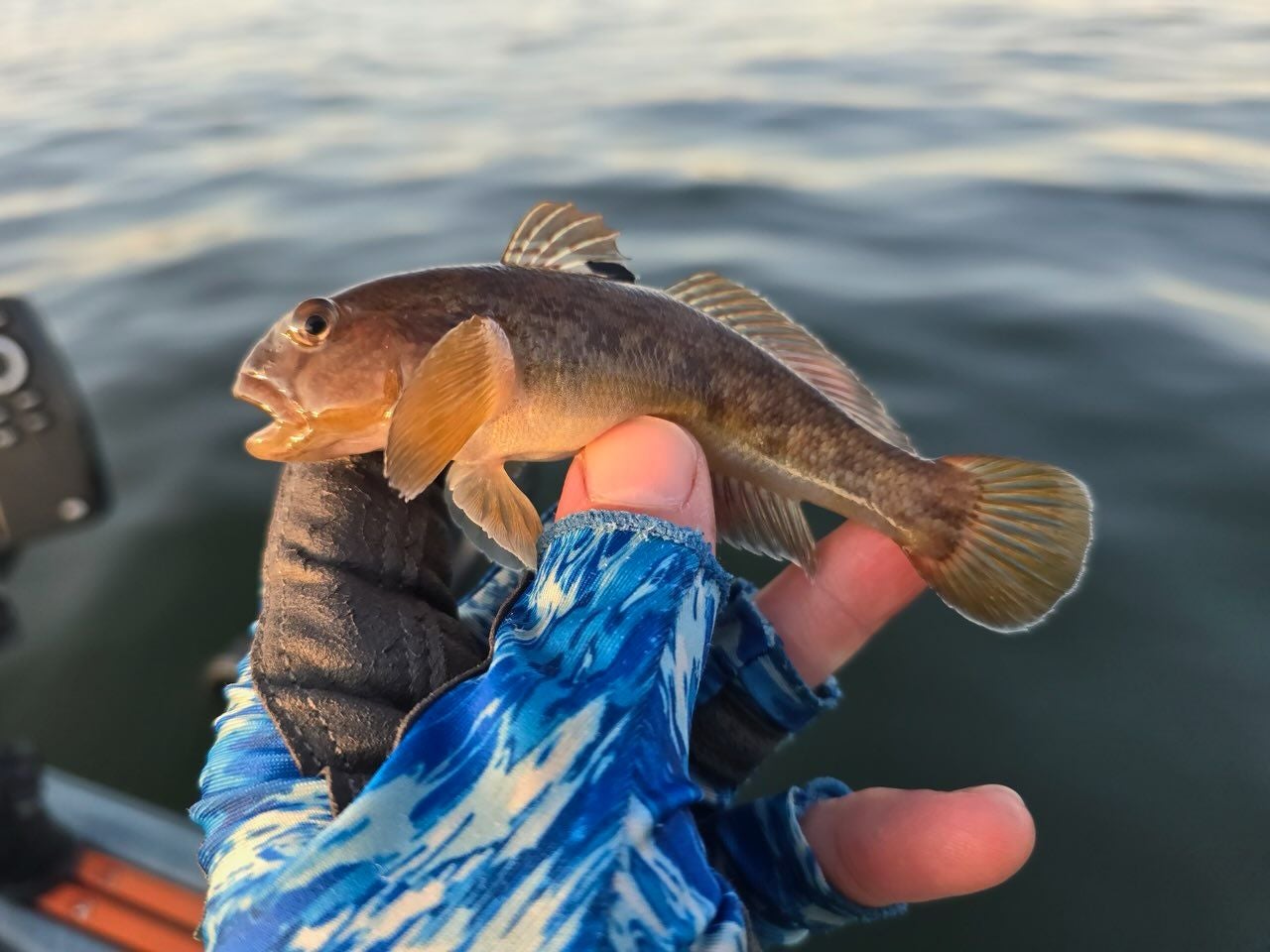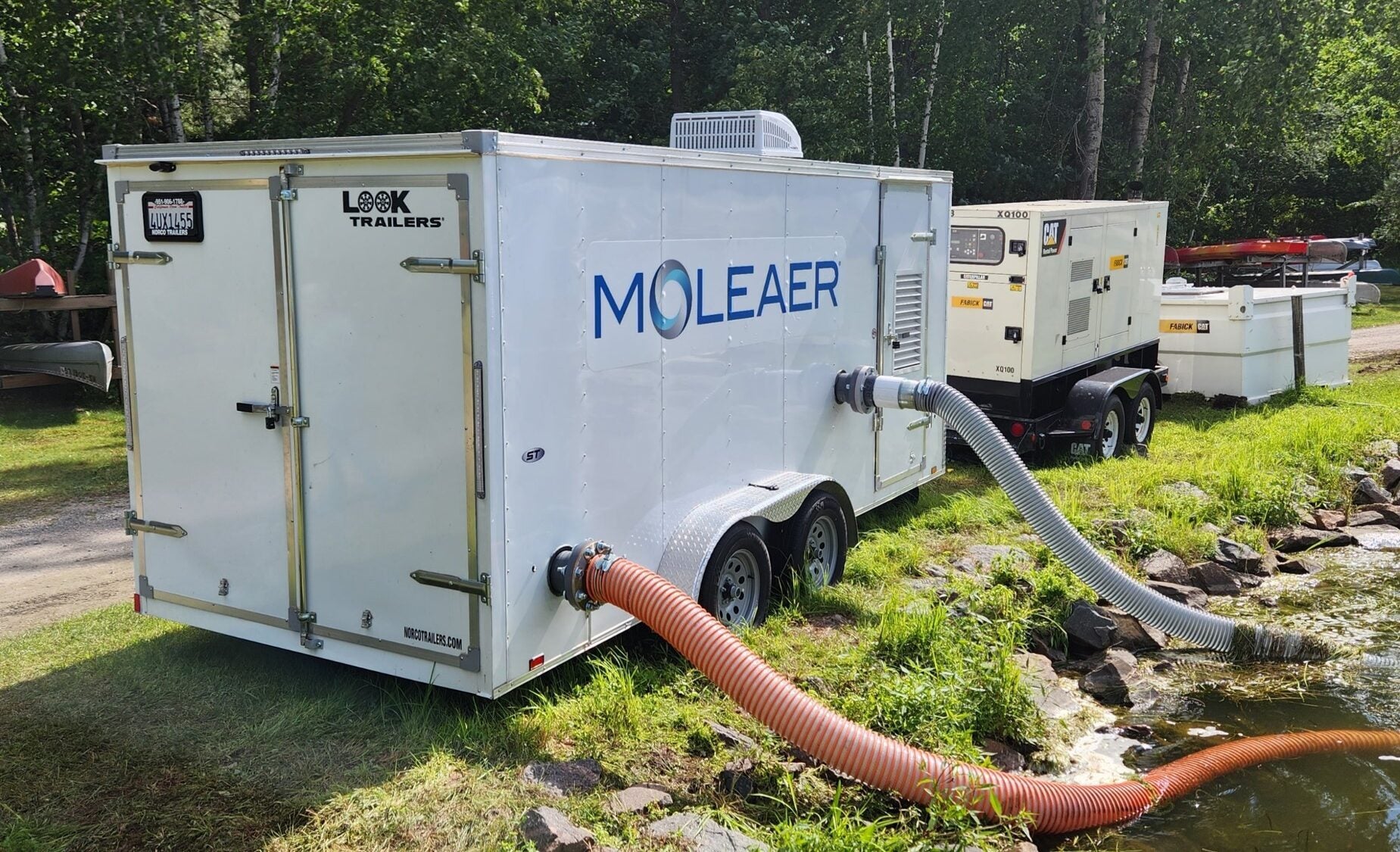Four days a week since June, University of Wisconsin-Oshkosh students Noah Ryan and Evan Rinke have taken a boat they affectionately refer to as the “scraggly scallywag” to remove marine debris from the waters along Lake Michigan.
They set out in the university’s marine debris mitigation boat to areas where trash collects in Manitowoc, Kewaunee, Algoma, Green Bay and Sturgeon Bay. Ryan said it’s dirty work pulling plastic, tires, ovens and even picnic tables out of the water.
“I feel like that’s part of the job description with a trash crew,” Ryan said. “You’re not going to be in suit and tie.”
News with a little more humanity
WPR’s “Wisconsin Today” newsletter keeps you connected to the state you love without feeling overwhelmed. No paywall. No agenda. No corporate filter.
Over the summer, university staff and students estimate they’ve collected anywhere from 5,000 to 6,000 pounds of debris and plastic pollution. Ryan said it seems clear that some materials were dumped intentionally, like gigantic tires ranging from 300 to 600 pounds that they hoisted from the water in Manitowoc and Kewaunee. Not only that, he said they also saw a lot of single-use plastic bottles.
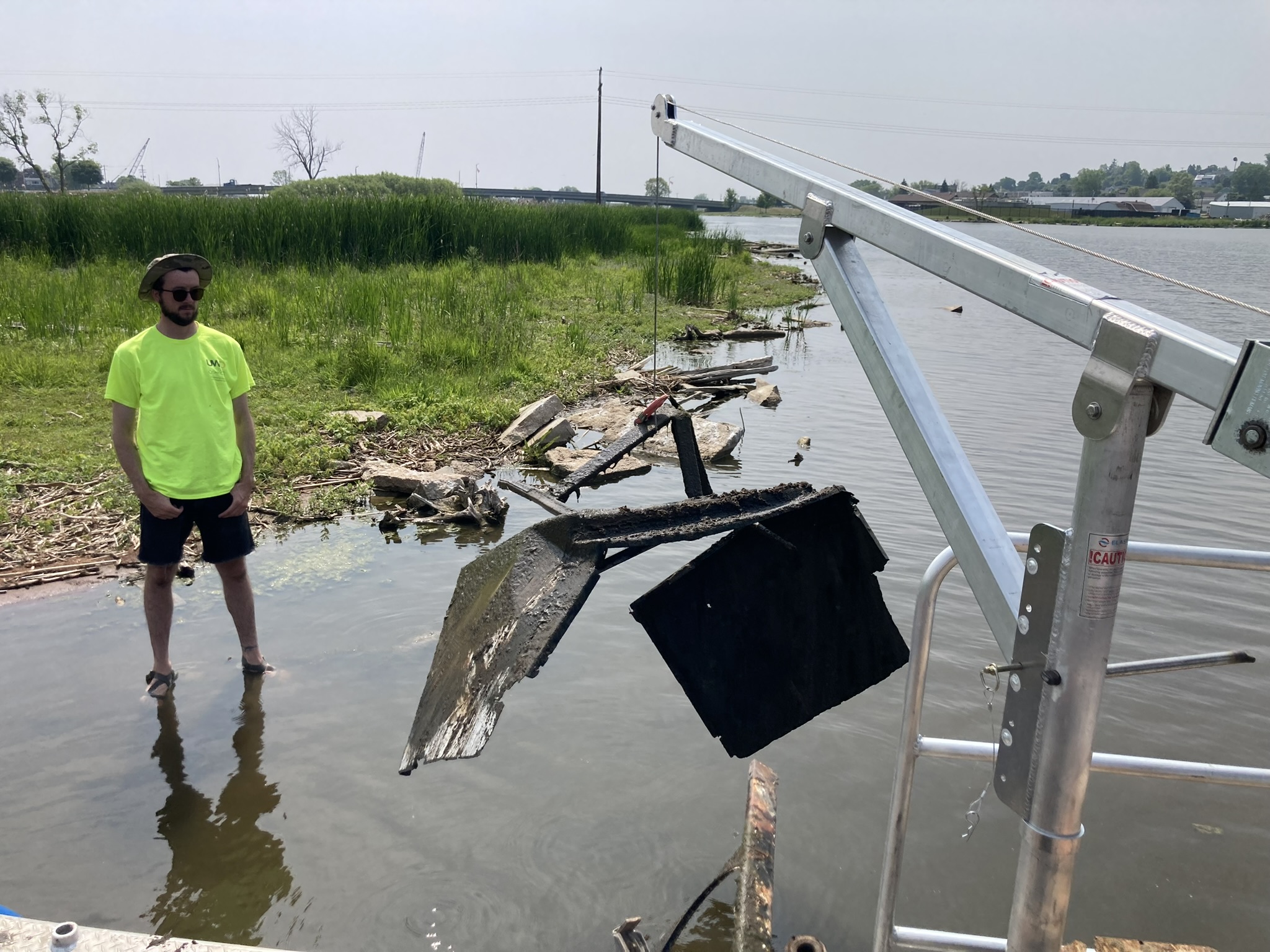
Photo courtesy of Noah Ryan
That’s when it dawned on him. If pollution is happening here, Ryan said there are likely hundreds — if not thousands — of similar sites around the Great Lakes.
“Green Bay was probably the worst place of just total volume of plastic. There were some days where I’d be down,” Ryan said. “I was just like, ‘Oh my God. It’s like right in the backyard, you know?”
Nearly 22 million pounds of plastic enters the Great Lakes each year, according to one 2017 study. Researchers with the Rochester Institute for Technology found about half of that goes into Lake Michigan.
“We all see the pictures of plastic (rotating in currents) in the ocean, but people really didn’t realize how much of this might be actually close to home,” said Greg Kleinheinz, director of the Environmental Research and Innovation Center at UW-Oshkosh.
Kleinheinz said they had several projects that began with looking at trash disposal in Door County. Since then, he said, that work has grown. UW-Oshkosh partnered with the Council for the Great Lakes Region. The council operates as a binational network that brings industry, government, academic and nonprofit groups together to make progress on sustainable development goals of the United Nations.
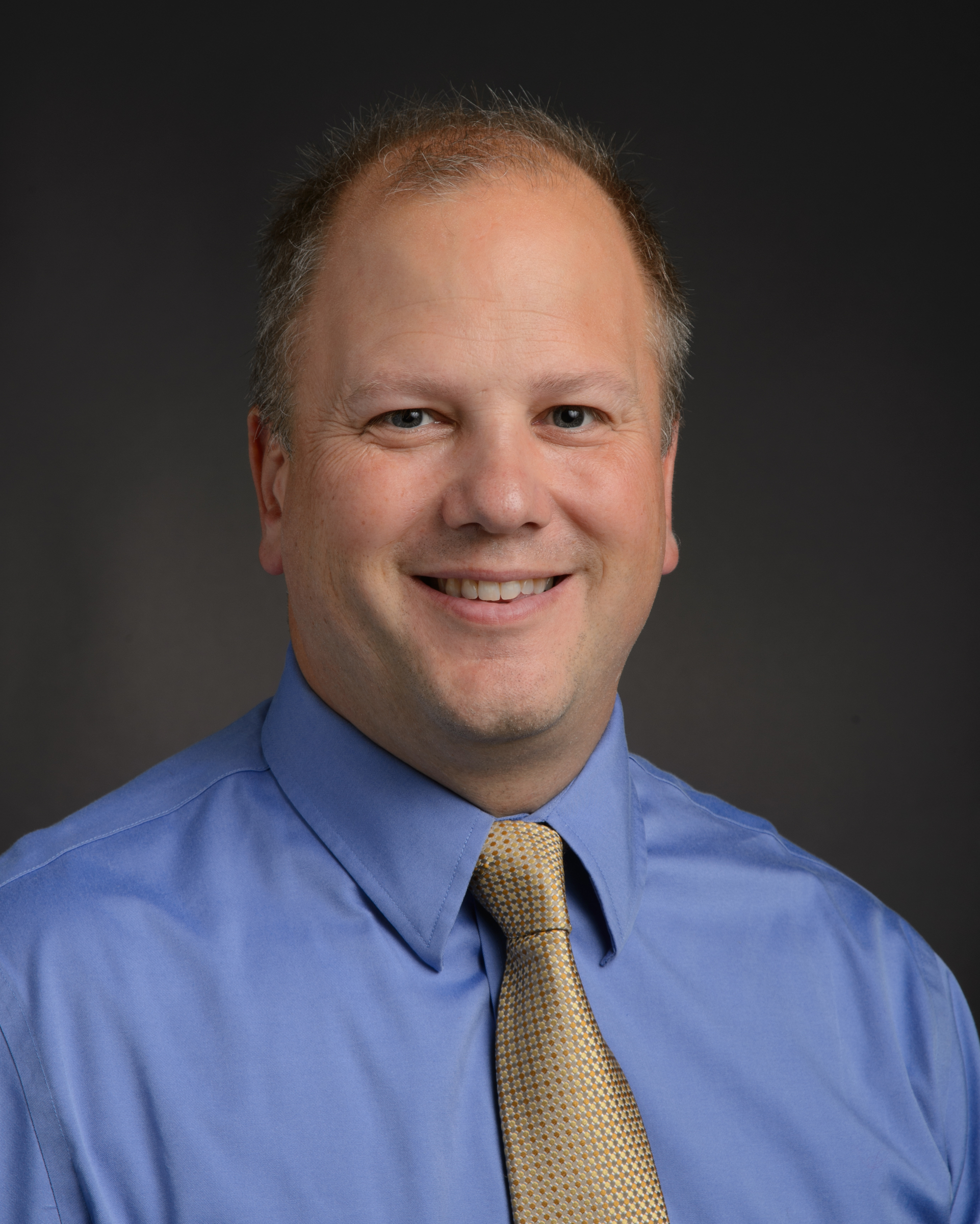
Photo courtesy of Greg Kleinheinz
As part of its efforts, the council launched the Great Lakes Plastic Cleanup a couple of years ago, according to Mark Fisher, president and CEO of the Council for the Great Lakes Region.
“That initiative was really spearheaded by industry, government and academia to look at how do we forge a future without plastic waste and plastic litter in the Great Lakes region,” Fisher said. “And that’s because 80 percent of the marine debris washing up on the Great Lakes shoreline is plastic.”
The initiative uses innovative technology to remove plastic from Great Lakes marinas. Earlier this year, the initiative received a $1 million donation from grocery store chain Meijer that funded the purchase of equipment to clean up plastic pollution at more than a dozen sites. Kleinheinz said they were able to obtain funding for Seabins that skim trash from the water at Lake Michigan marinas. He said they were also able to buy a BeBot, or sand drone.
“It goes on the beach and collects debris and things that may be hidden or obvious in the sand on the beach and then removes it before it breaks down or gets in the water,” Kleinheinz said.
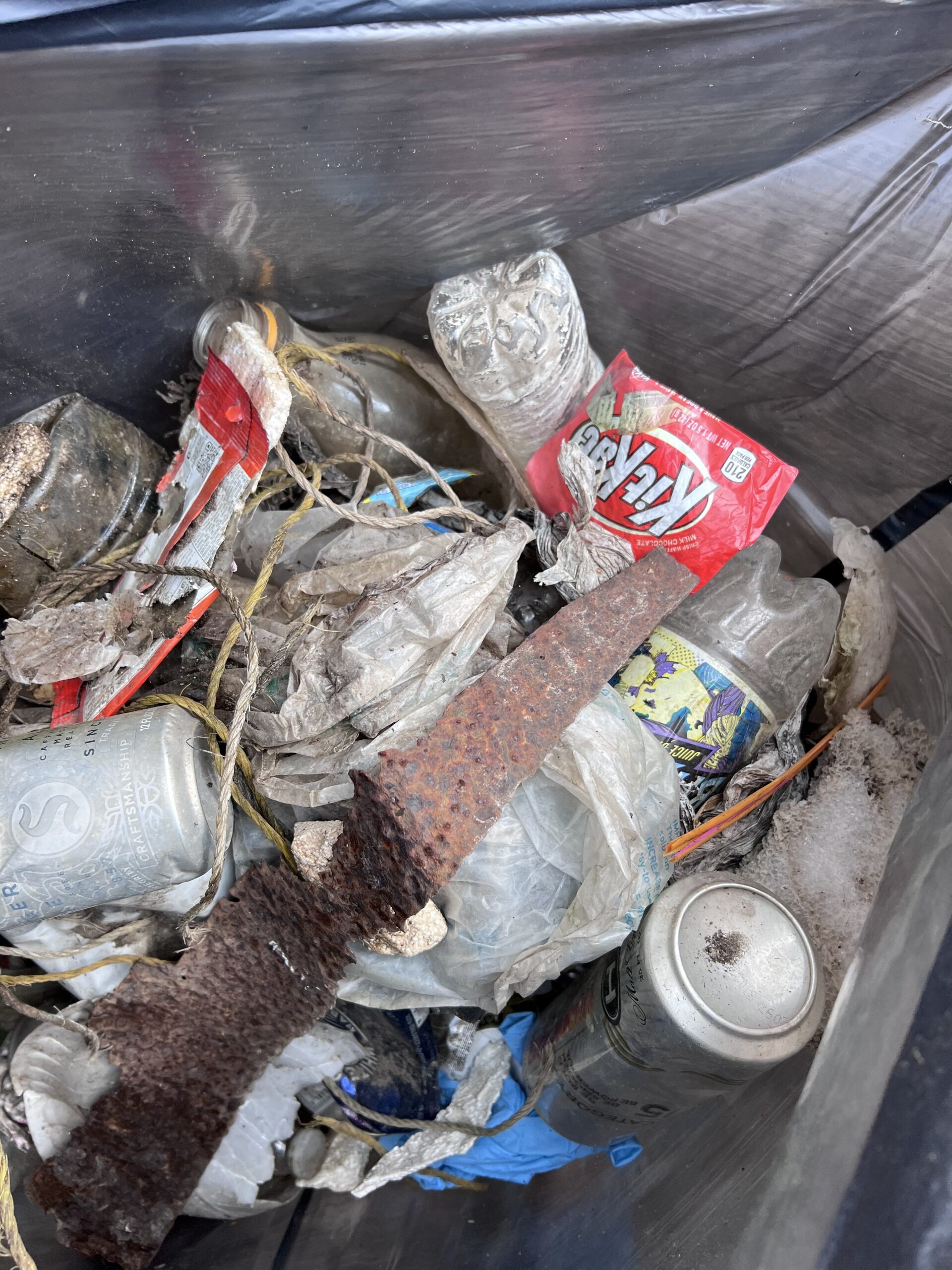
Photo courtesy of Noah Ryan
The university also received funding from the Environmental Protection Agency to buy a PixieDrone. Students can operate the drone using a remote control, which then patrols northeastern Wisconsin waterways and collects floating waste.
It’s unclear how all the items end up in the water, but Kleinheinz said they see upticks of certain materials like plastic shotgun wads during the fall. He said water bottles or other waste may be carried by wind or storms downstream.
Fisher said public litter accounts for most material that ends up in the Great Lakes.
“Whether it’s food and beverage containers, cigarette wrappers, fishing line — it really tends to be the littering of material that we buy as consumers,” Fisher said. “Then, I think the other large area that we find particularly around industrial areas is what they call ‘nurdles,’ or pre-production pellets, and these are the plastic pellets that go into making plastic products for consumers.”
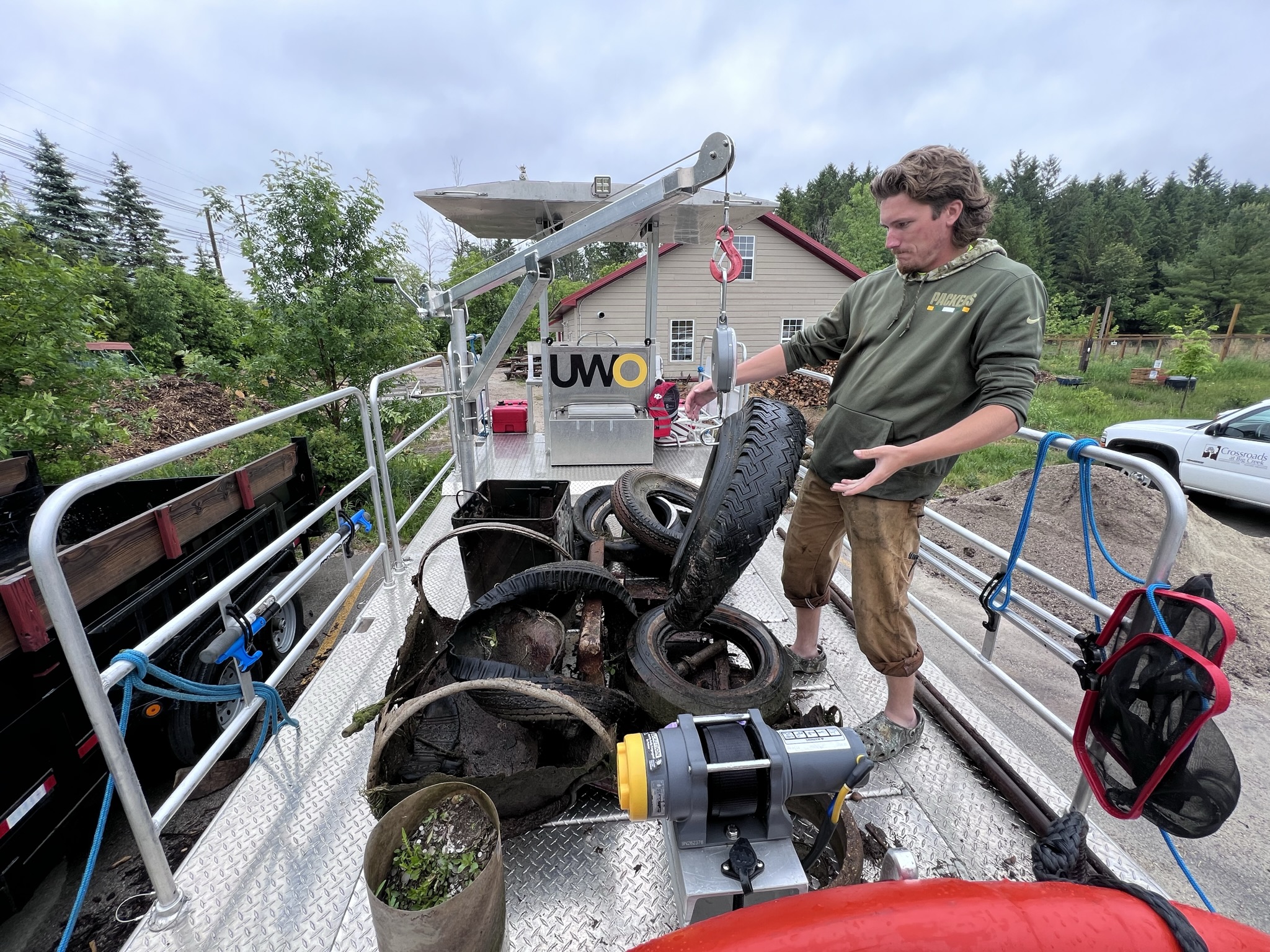
For Kleinheinz, he said UW-Oshkosh has two main goals, removing as much plastic as possible and raising awareness of plastic pollution.
“I think if you live on a Caribbean island, and you see your beach covered in plastic bottles, you realize this is an issue,” he said. “In Wisconsin, I don’t think we see that.”
Over the long-term, Ryan said he would like to see less focus on recycling or cleaning up plastic and more pressure on companies to reduce plastic production.
“There just needs to be more space and more resources – as in money spent – on conversations and ideas such as that versus how do we clean all this up?” Ryan said. “The question should be why is there so much here? How do we prevent it from even getting here?”
Wisconsin Public Radio, © Copyright 2025, Board of Regents of the University of Wisconsin System and Wisconsin Educational Communications Board.

